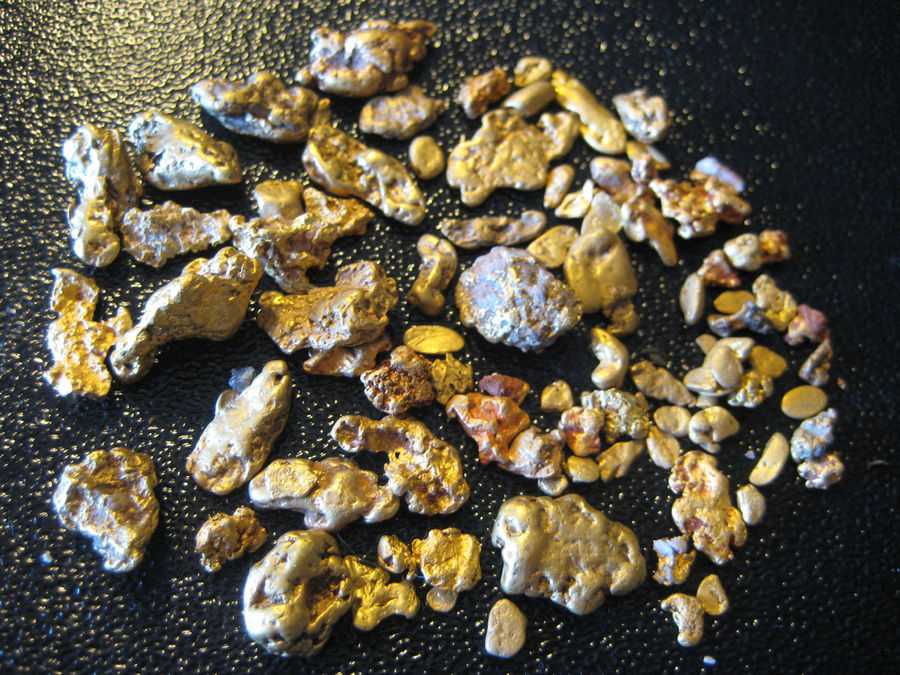
Finding the hidden gold nuggets
Prospectors across Australia or anywhere else in the world for that matter are walking over tens of millions of dollars worth of gold and silver each year. There are times when combinations of ground minerals, detector settings and ground temperature can cause us to walk right over the top of some very good size nuggets and we never get a signal. The next day someone else finds the gold and you know you walked over that spot the day before.
Why is this? What can be done about it? If you are using a pulse induction detector there are many variables that effect the way the detector responds to targets. These are: transmitted pulse length from the detector; the ground mineral concentration and composition; temperature of the ground; and to some extent sweep speed of the coil. It is actually quite possible to not hear a 1 ounce target on a day when the temperature of the ground is 40° but hear the same target when the ground temperature has cooled to 20°, this is also possible with the temperatures the other way around or any other temperature combination.
I don't want to get too technical but certain ground minerals change their properties with temperature, when the ground balance circuitry cancels out the ground response the values change due to the way in which the ground reacts with temperature change. When the detector sends a pulse of energy from the coil into the ground the minerals respond to the electromagnetic pulse from the detector and become energised. When the pulse from the coil stops, the energy from the ground minerals dies off at a rate that depends on the way the type of minerals react to the energy from the coil. We call this “decay.” If we were to at it with electrical test equipment we would see the energy from the ground die off as a “decay curve.” Basically it would start high and slope down to zero over a certain amount of time. This is very fast, from 5 microseconds for garden soil, to 50 microseconds for hot ironstone. The detector looks at this curve and electronically subtracts it from what you end up hearing.
Nuggets have a “decay curve” but in most cases it is different from the ground decay curve. The detector can tell the difference and that is how you can detect a Gold nugget in the ground. Gold nuggets do not all behave the same, they can also change their decay curve over temperature but not as much as the ground changes. What can happen is that some times the gold nuggets can sit on the same decay curve as the ground—they for all purposes look electrically identical. If this occurs you will not hear the target, the detector thinks it is the ground.
So my point is this, if the ground now changes temperature such as coming back at night when the ground has cooled or during the day at a time when the temperature is different that hidden Gold nugget will now have a different decay curve than ground and thus it is detected like magic.